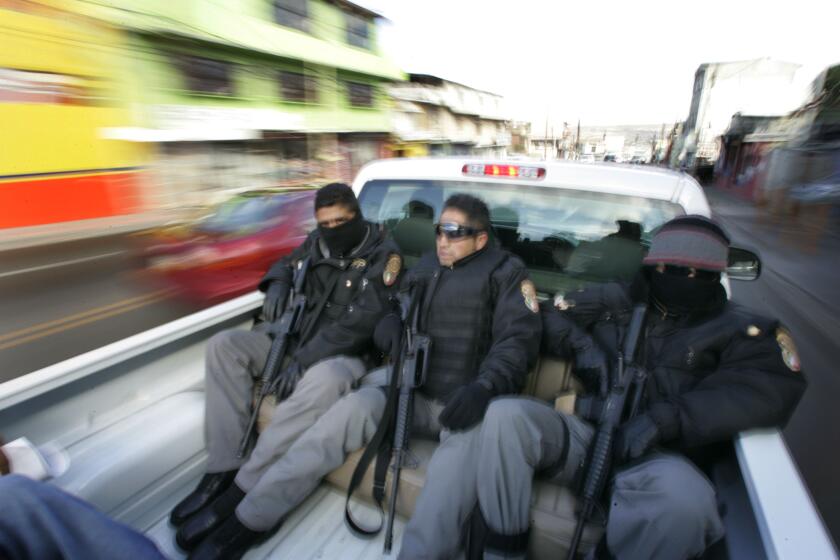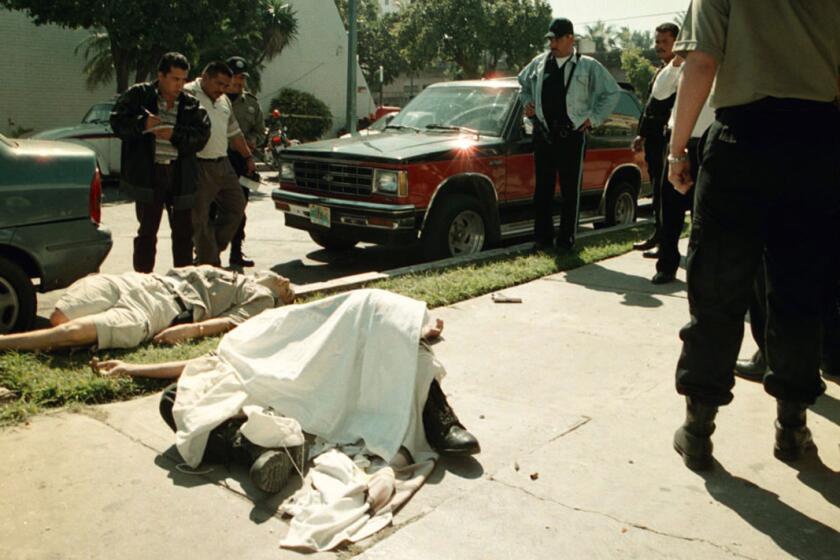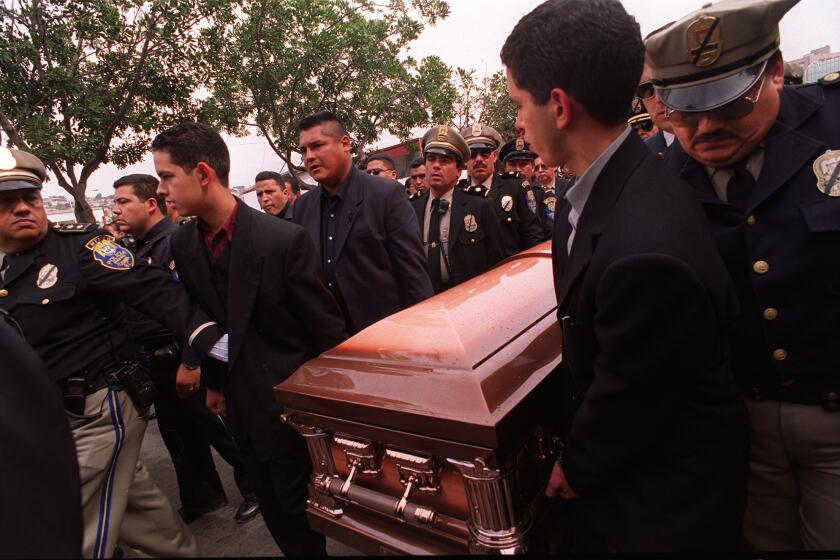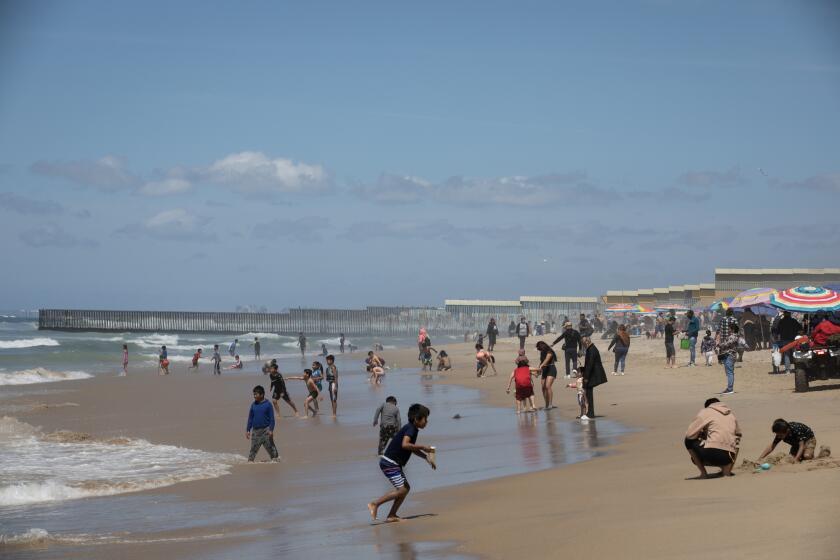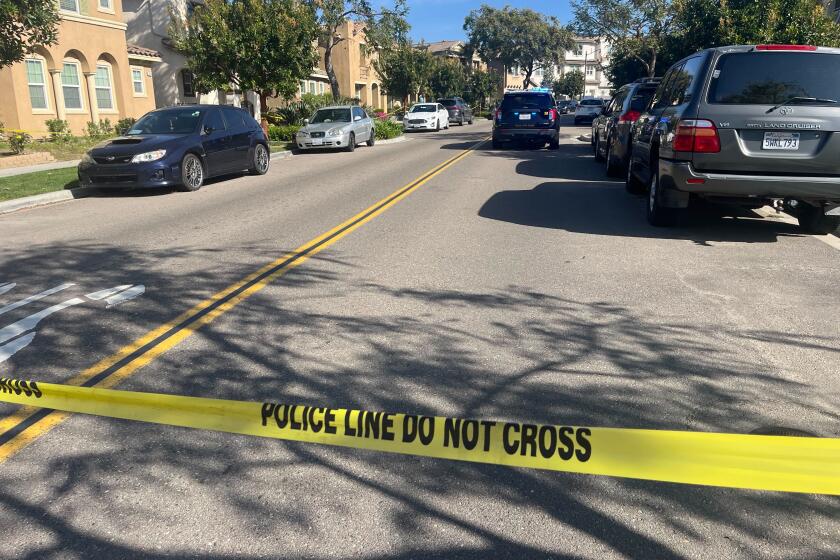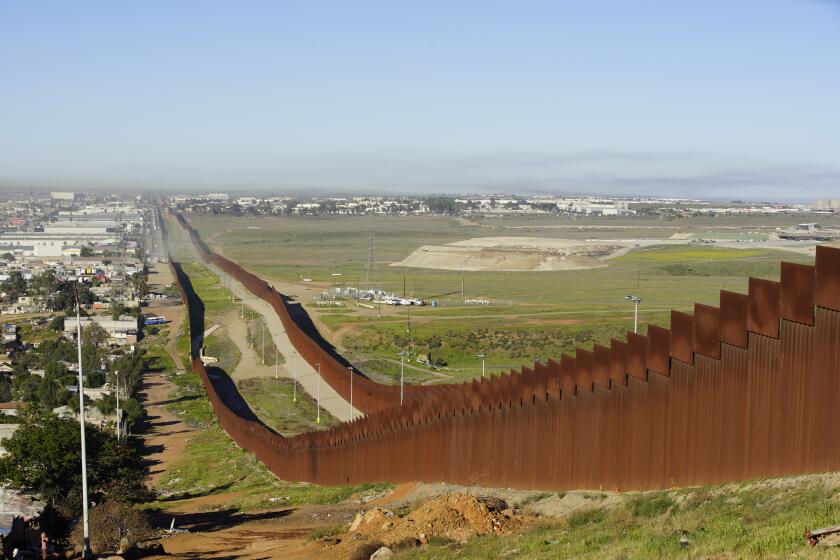Tijuana prepares for new Bus Rapid Transit system
Tijuana is preparing to launch a major overhaul of its chaotic public transportation system before the year is out, and the centerpiece will be a 23-mile Bus Rapid Transit route that runs between the downtown area near the U.S. border and the eastern part of the city.
The project’s first phase, to be completed over the next couple of years, will serve some 120,000 passengers a day, or about 30 percent of the city’s ridership, Mayor Jorge Astiazarán said during a tour of the route this week. The mayor wants the initial stage of the plan, with 51 stations and two terminals, to start offering service before his term ends on Nov. 30.
Riders can expect lower transportation costs, faster service, predictable schedules and new buses with air-conditioning, wi-fi and a Smart Card payment system, said Alonso López Sepúlveda, director of the semi-autonomous municipal agency that is spearheading the reforms, the SITT. A one-way ticket is expected to cost 13.5 pesos, under 75 cents, and users will be able to transfer without additional cost to buses that feed into the system’s main “trunk” route.
Tijuana’s residents have been suffering under a transportation system known for being expensive and inefficient, and repeatedly criticized for placing political interests above those of city residents.
“We have the worst transportation in Mexico,” said Gilberto Leyva, president of Tijuana’s Chamber of Commerce. “What we want is to see the transportation companies join in the effort to create a good system.”
Leyva was among a group of city business leaders who joined the mayor’s tour Friday. It got off to a rocky start in the city’s Río Zone outside City Hall, as a group of angry taxi drivers who have been pressuring for more permits hit the mayor’s bus and tried to block it.
Transportation reform has been one of the thorniest issues facing Tijuana’s municipal administrations, as politically powerful transportation unions have repeatedly foiled attempts at change. Key to launching the new system has been obtaining the buy-in of the majority of the city’s transportation companies.
Out of 14 bus companies operating in Tijuana, 10 have joined forces in a consortium that has a 30-year concession from the city to operate the new system.
“What we have now is the will, both of the government and the transportation companies,” said Juan Carlos Alvarez, owner of Transportes Calafia, one of the participating transportation companies.
“This will bring direct benefits to the users,” said Rafael Echegoyén, president of the consortium and one of its larger shareholders, who is preparing to purchase 160 new buses for the system.
Tijuana is one of a growing number of cities in Mexico that have been turning to Bus Rapid Transit, a transportation system that features dedicated lanes, a centralized control and monitoring system, and stations where riders can pay before boarding.
The city and Mexico’s federal government are sharing the cost of building stations, bridges, roadways, ramps, staircases and a fiberoptic system to serve the new trunk route and smaller feeder routes — close to $60 million at current exchange ranges.
While it is up to the bus companies to purchase the new units, “the government is supporting them with everything they need so they can move forward,” said López, the SITT director.
“Let this be the beginning,” said Humberto Jaramillo, president of Tijuana’s Consejo Coordinador Empresarial, an important business umbrella, during Friday’s tour. “Tijuana needs clean, worthy transportation, so that our workers can move around better and at a lower cost.”
Mayor Astiazarán hopes that an efficient system can lead to fewer vehicles clogging the city’s streets as more drivers opt for mass transit. “We want people to stop using their cars,” he said.

Building a new Tijuana
sandra.dibble @sduniontribune.com
Get Essential San Diego, weekday mornings
Get top headlines from the Union-Tribune in your inbox weekday mornings, including top news, local, sports, business, entertainment and opinion.
You may occasionally receive promotional content from the San Diego Union-Tribune.



